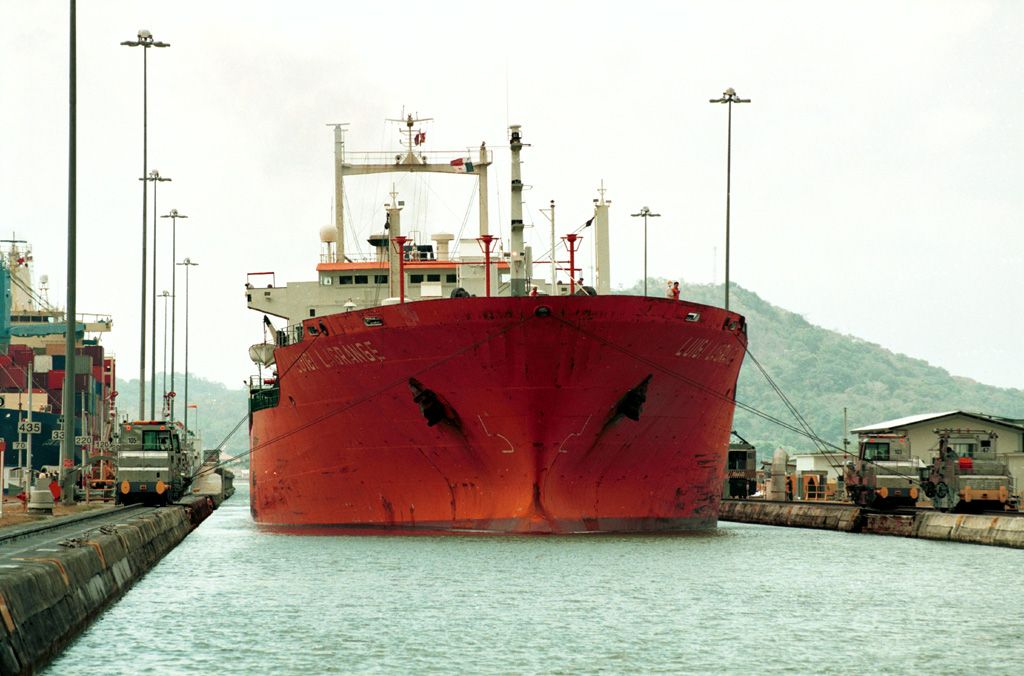Panama has the largest naval registry in the world in terms of the number of registered vessels, registered cargo capacity and value of the registered fleet.
Since 2014, Panama has maintained incentives to promote the naval industry and maritime financing and insurance activities.
Also, since 2013, imports of material and equipment for the construction of smaller vessels are exempt from import duties; and since 2017, the tariff on materials and equipment for the construction of deep-draft vessels is 3 percent.
Naval registry
Income generated from activities related to international maritime trade is exempt from income tax.
In addition, since 2017, shipyards and marine financing and insurance entities are exempt from income tax.
Previously only shipyards were exempt from income tax, for a period of 10 years.
Panama continues to favor the hiring of national crew members on Panamanian merchant marine vessels.
In order to hire foreign seamen on coastal vessels, the approval of the Ministry of Labor and Social Development is required, and there is an obligation to offer training courses for nationals.
On April 1, 2022, Panama Canal Authority (ACP) published a proposed new simplified toll structure, which will reduce the number of toll rates from 430 to less than 60, minimizing complexity and facilitating transactions by eliminating toll bands and introducing fixed rates based on the locks used and the type and size of vessel.
The Council of Ministers approved the new simplified toll structure on July 13, 2022.
In the first half of 2022, vessel traffic through the Panama Canal increased 8.2%, compared to the same period in 2021.
In the first half of 2022, 7,263 vessels transited the Panama Canal, of which 6,471 were deep-draft and 792 were shallow-draft.
Of the total, 5,533 were Panamax vessels and 1,730 were Neopanamax vessels.
In the first half of 2022, the Panama Canal collected $1,493.5 million in toll revenues, an increase of 2.5% compared to the $1,457.2 million collected in the same period of 2021.

